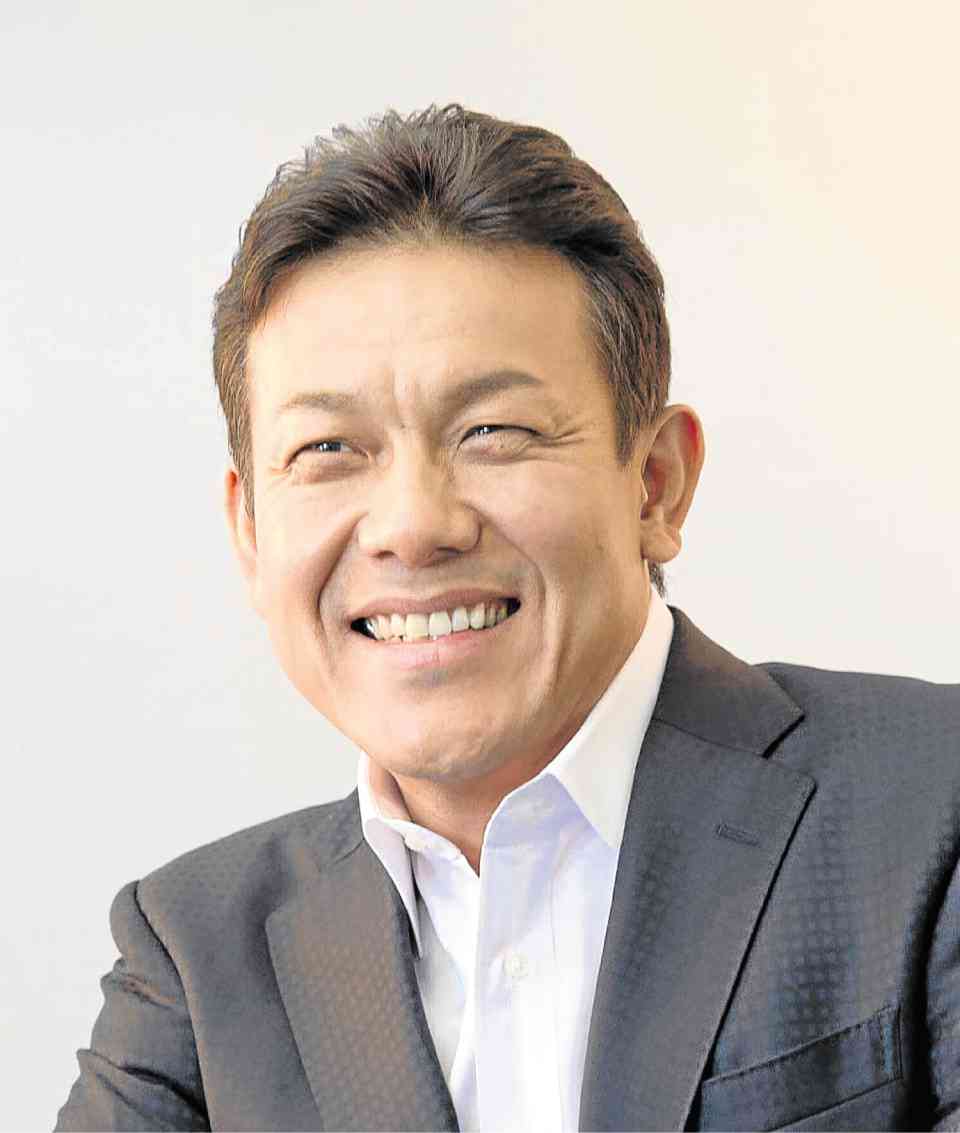P&G revives charm of quaint ‘sari-sari’ stores
Big supermarkets and foreign-branded convenience stores may be dominating the consumer market these days, but sari-sari stores (mom-and-pop variety stores) have remained ubiquitous, catering mainly to the basic needs of customers.
In provinces especially, sari-sari stores have remained king.
“Big supermarkets have more variety in their portfolios, but the question is, do all Filipinos really want to buy in supermarkets alone? Or do they want to have the convenience of shops based on their needs?” asks Hatsunori Kiriyama, P&G president for Asia Pacific operations.
Once upon a time, sari-sari stores made streets more appealing because of their bright logos and different knick-knacks on offer.
As it becomes a firm part of the community, a store can become the main source of livelihood for a Filipino family, even if one or two more sprout less than 100 meters away.
Kiriyama says he doesn’t see sari-sari stores losing their appeal, even as brands rush to line supermarket shelves in a bid to attract consumers.
“The consumer needs and wants may change from time to time. So if they can adjust their operations and strategies to how the consumer moves, I think they can continue a good business,” he says.
A Nielsen study released last year said companies should continue to hold business with these trade channels.
“While there’s been a headlong rush into the hypermarket and supermarket retail formats throughout most of Southeast Asia, there are untapped loyalties between brands and consumers shopping at traditional trade stores on every street corner, in every town, village and city,” says Connie Cheng, Nielsen executive director of Shopper Solutions for Southeast Asia, North Asia and Pacific.
Kiriyama has a similar line. He says sari-sari stores, which are part of the small and medium enterprise (SME) chain, remain a big part of the P&G business.
“First and foremost, we have to continue to produce innovative products to SMEs and their customers. Even if it’s a small sachet, the inside of the product has to evolve,” he says.
He also stresses the need for shelving innovation, or the management of these stores’ shelves to allow them to show their products even in a small and limited space.
He says P&G recognizes the need to develop these channels of trade, which contribute to inclusive growth in the ever-expanding Philippine economy. In the entire Asia Pacific region, these micro, small and medium enterprises (MSMEs) employ half of the entire workforce.
“Around the world, P&G has thousands of suppliers that are SMEs. We work closely with them, sharing best practices and standards, helping them to be more productive and profitable. Their success strengthens our supply chains and enables us to serve consumers better,” he says.
Kiriyama was in Manila last year as part of P&G’s SME Leadership College, a workshop where company officials and government leaders shared their expertise to develop leaders in SMEs.
“The intention is to help their operations, to make them grow so that the benefits will go back to the country’s [gross domestic product] and the GDP, in turn, will also benefit our business,” he says.
He says it’s a win-win cycle for everyone.
Kiriyama adds that P&G is highly invested in the Philippines because of the country’s great growth potential and that SMEs have plenty of room to reach their peak.
“Whatever they do, it’s going to be a growth opportunity,” he says.
